58 Facts About Space That Will Either Fascinate You Or Keep You Pondering All Night
1.Anytime you look up at the sky, you are seeing the universe as it was in the past.
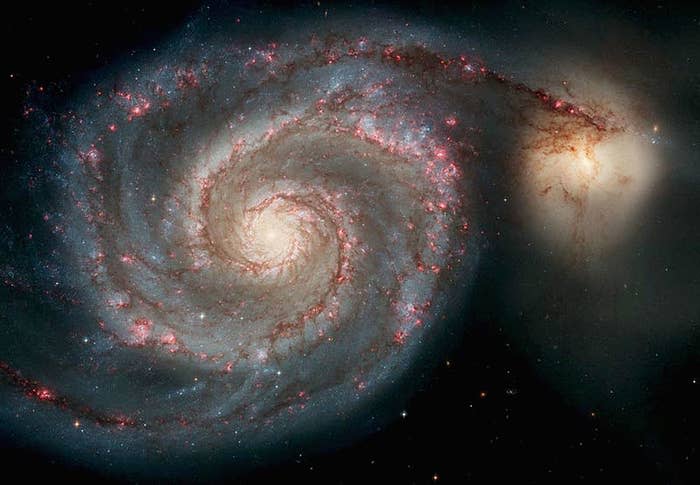
If we look at an object 50 million light-years away, we are seeing what the object looked like 50 million years ago, because that's how long it took the light to travel from the object to our eyes.
2.It would take Usain Bolt — running at his highest recorded speed — a little over 262 days to trek the distance of Saturn's rings.
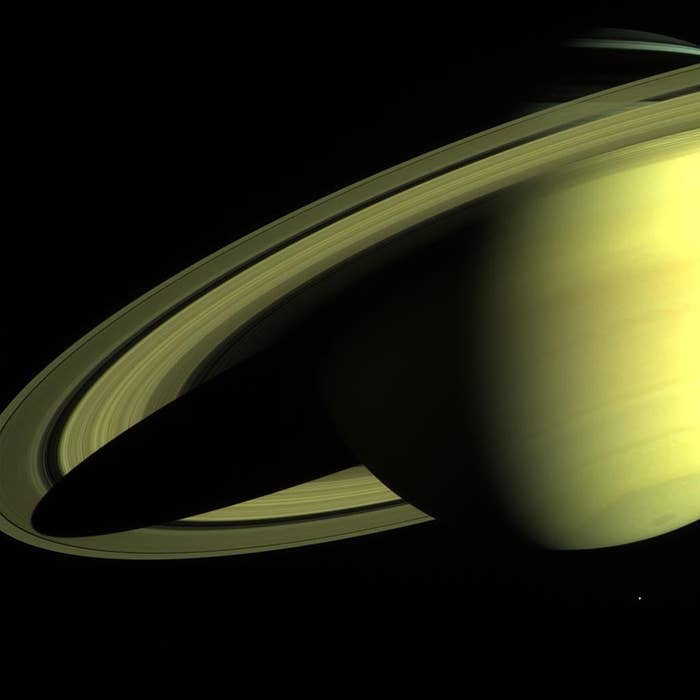
To put this into perspective, if he ran his top speed around the Earth, it would only take him around 37 days.
3.There are more stars in the universe than there are grains of sand on the Earth.
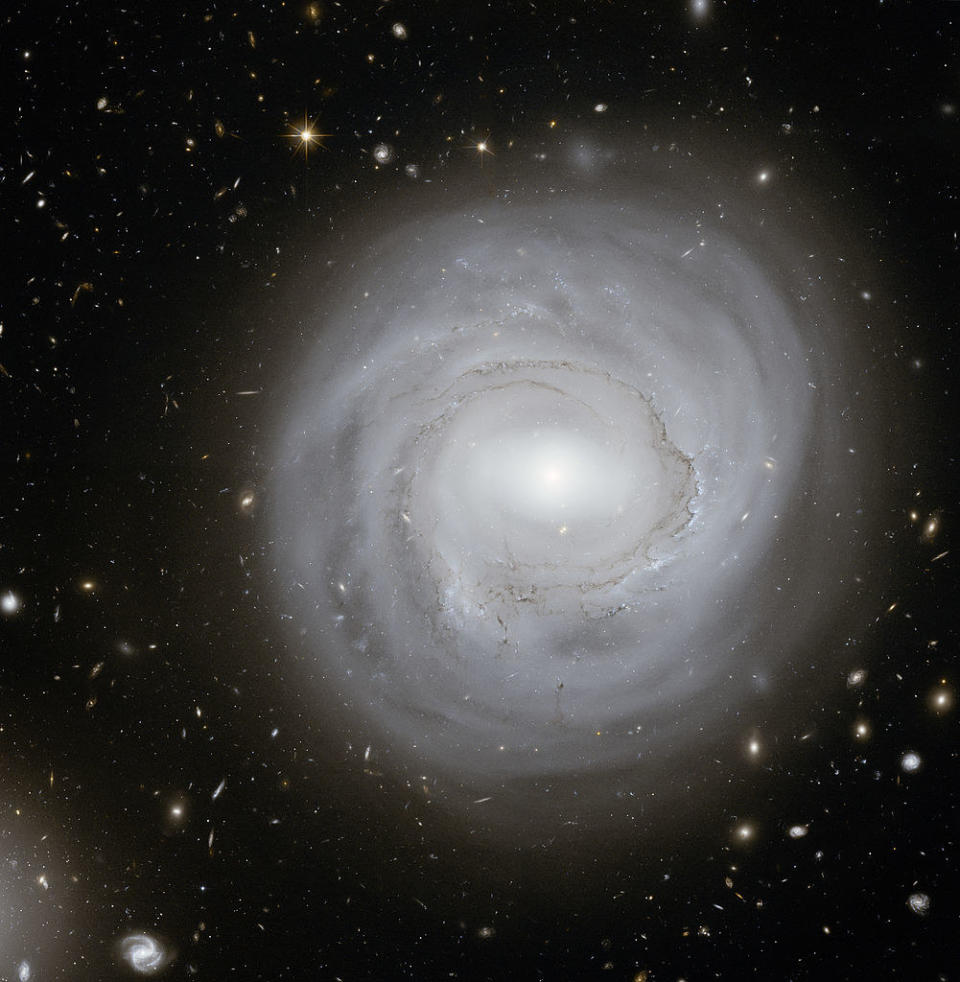
In case you were wondering, scientists estimate there are 7 quintillion, 500 quadrillion grains of sand. In case you wanted to see that in number form, there are more than 7,500,000,000,000,000,000 stars in the sky. That's a lot of zeroes.
4.Scientists have found a void in space 1 billion miles wide that could be a parallel universe.
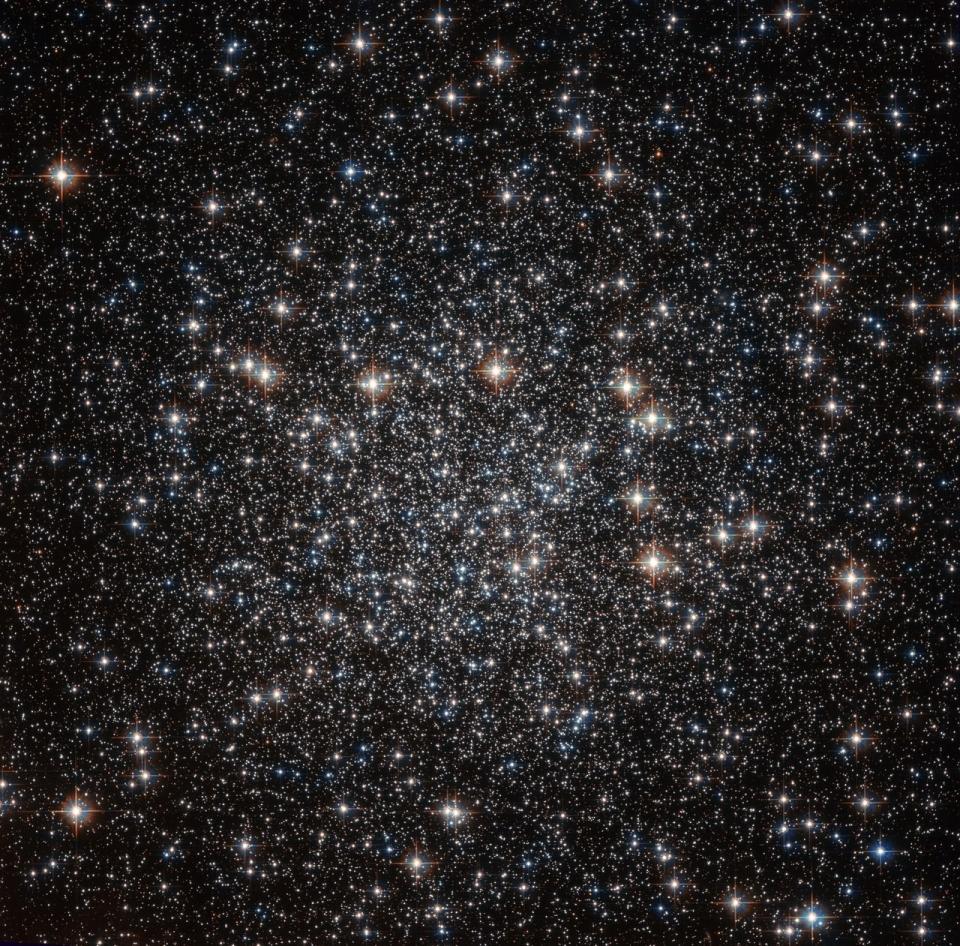
This void has no matter (empty or dark) in it and is 40 times larger than the biggest void previously on record. Although this theory is controversial, some scientists hypothesize that this may be where a parallel universe has crashed into ours, leading to speculations of a multiverse.
5.There might be another planet on the rim of our solar system.
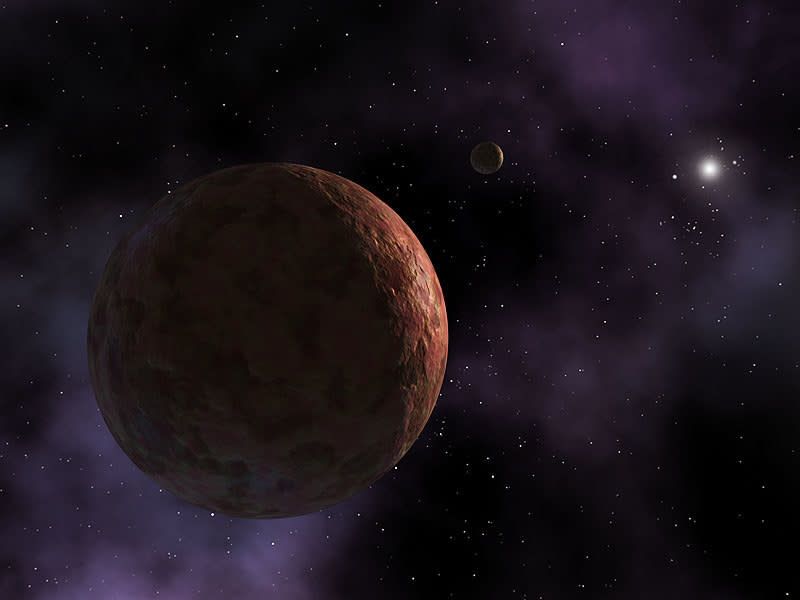
Some astronomers have found evidence of a ninth planet far beyond Neptune (I'm sorry to those of you who are still sore about the whole "Pluto isn't a planet" thing). Although it has yet to be observed, the astronomers have noticed strange orbital patterns of smaller objects in the Kuiper Belt.
6.Some nebulae have night lights made of new stars.
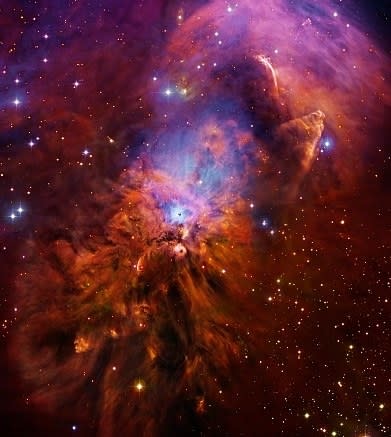
Nebulae are made up of gasses, so the way we get these psychedelic pictures are from young glowing stars that illuminate them from behind. However, new stars are roughly 6,750 degrees Fahrenheit, so we don't recommend using them as your own personal night light.
7.The height of the nebula below is the same distance as 23 million trips to the moon.
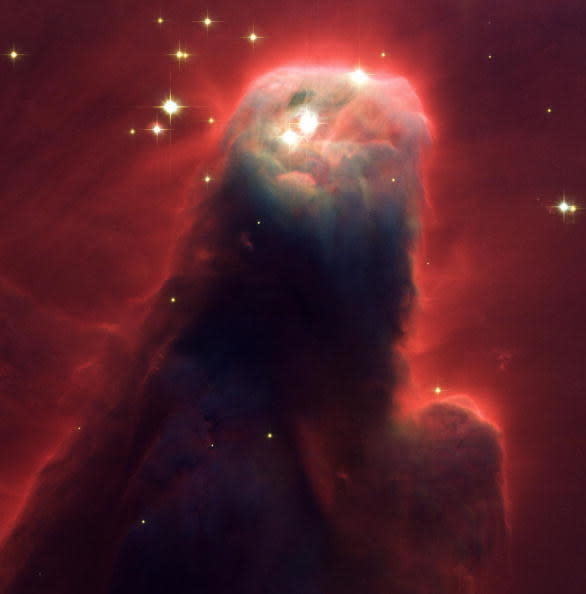
The Cone Nebula is seven light-years high, meaning you would need to stack roughly 10.5 trillion Earths to get to the top of it.
8.A black hole the size of one atom has the mass of a large mountain.
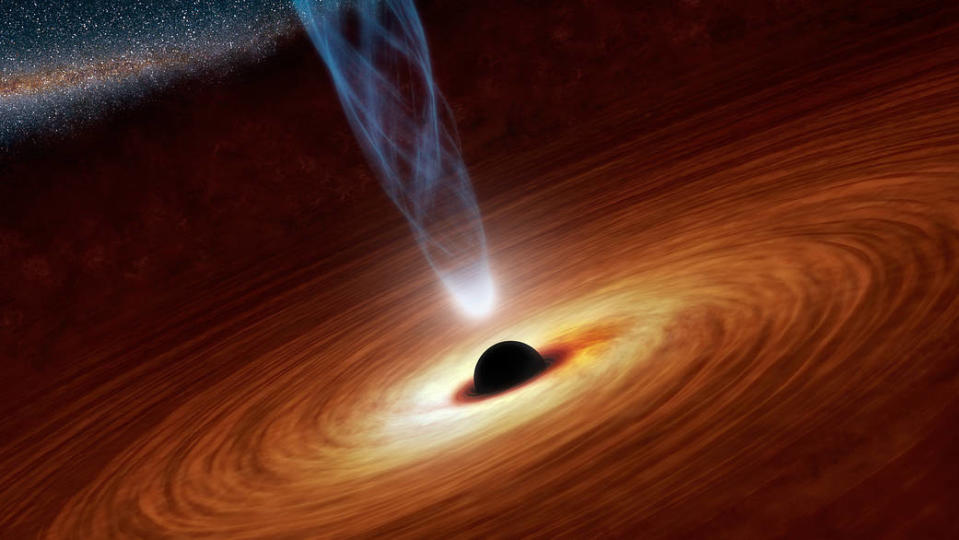
There is a black hole at the center of our galaxy called Sagittarius A, with a mass equal to 4 billion of our Suns. Don't worry, though. It's so far away from Earth that we don't have to worry about getting sucked in. It's really only worth having one or two nightmares about.
9.There are over 500,000 pieces of "space junk" floating above the Earth, and they're moving at speeds up to 17,500 mph.
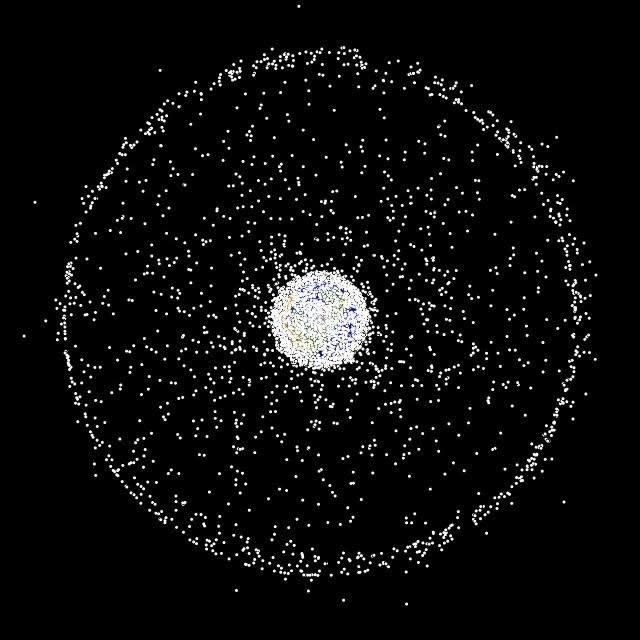
There is a dedicated team of researchers who work on tracking debris and assessing the debris's risk of collision with Earth.
10.It's true that in space, no one can hear you scream.
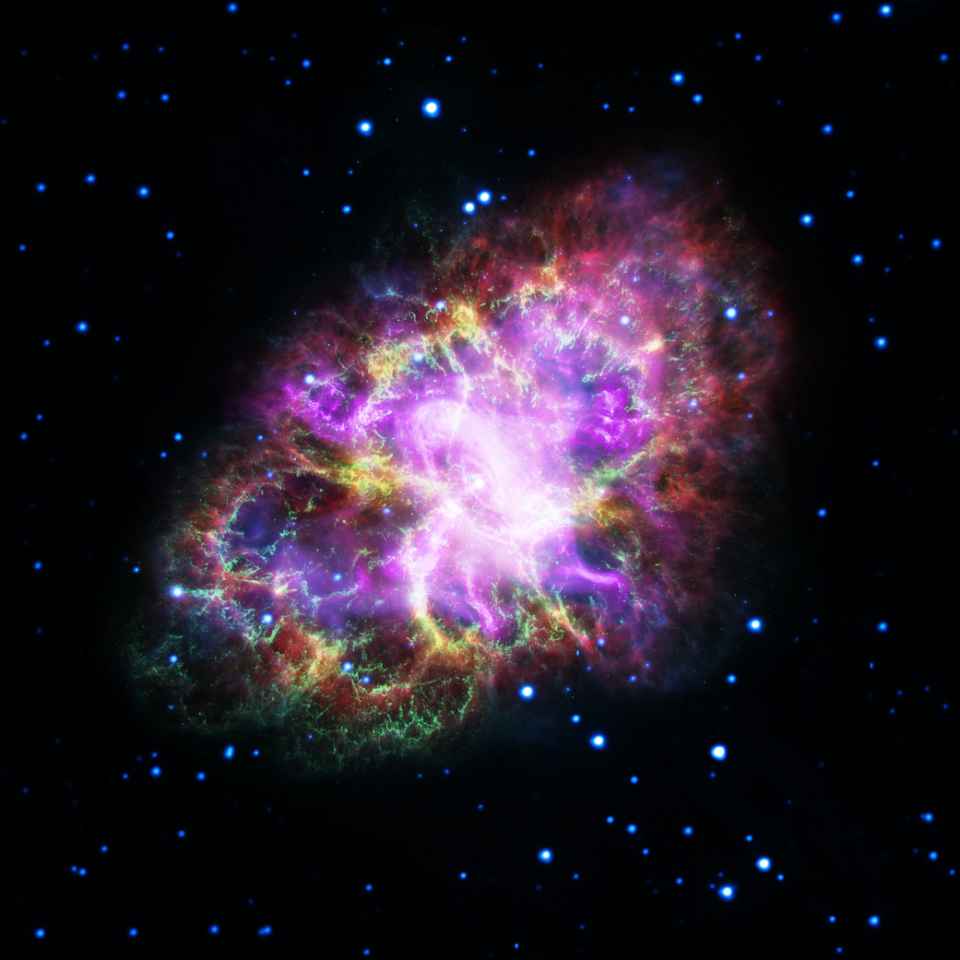
When sound travels through mechanical waves, it needs something to travel through. Here on Earth, it mostly travels through the air. Particles are too far spread in space for our ears to pick up those mechanical waves. There are a few exceptions though, like sounds that travel electromagnetically, such as the radio.
11.Do you still think you're all that? Jupiter's Great Red Spot in the center left of the photo above is roughly the size of Earth.
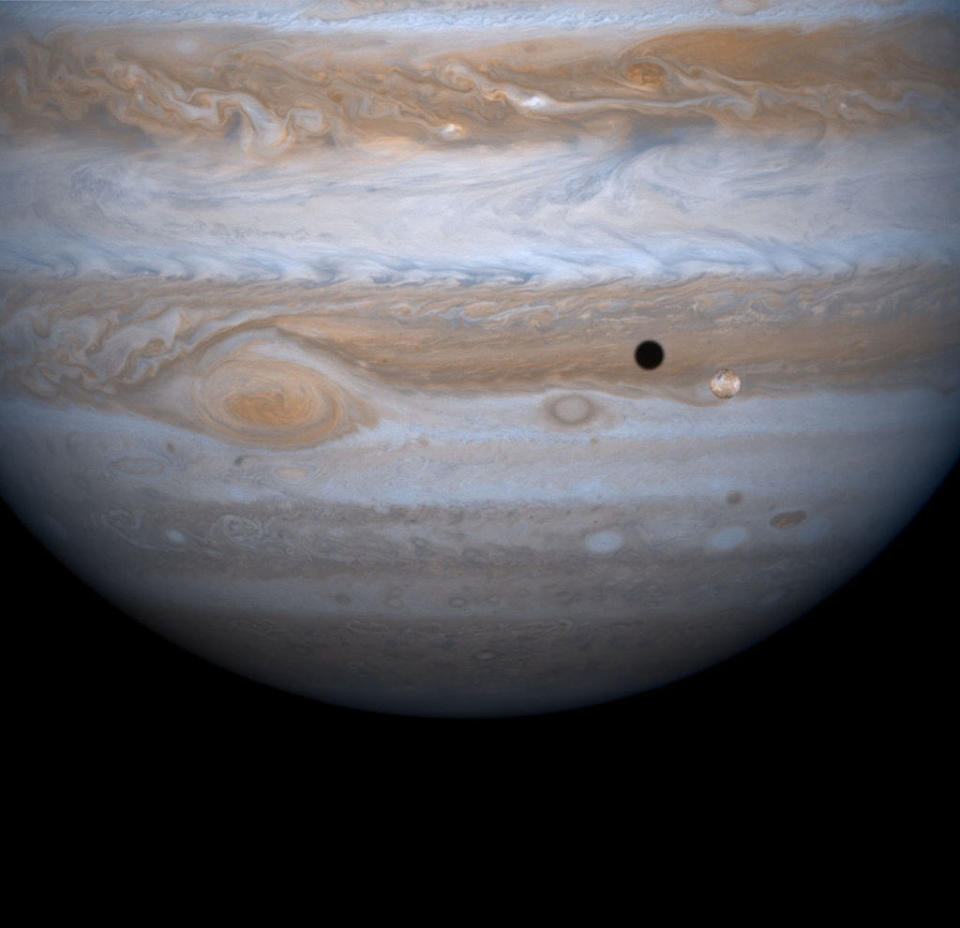
Not only is Jupiter 11 times wider than Earth, but the radiation it gives off is 1,000 times greater than the lethal level for a human.
12.To match the energy the Sun produces, you would need to light 100 billion tons of dynamite every second.
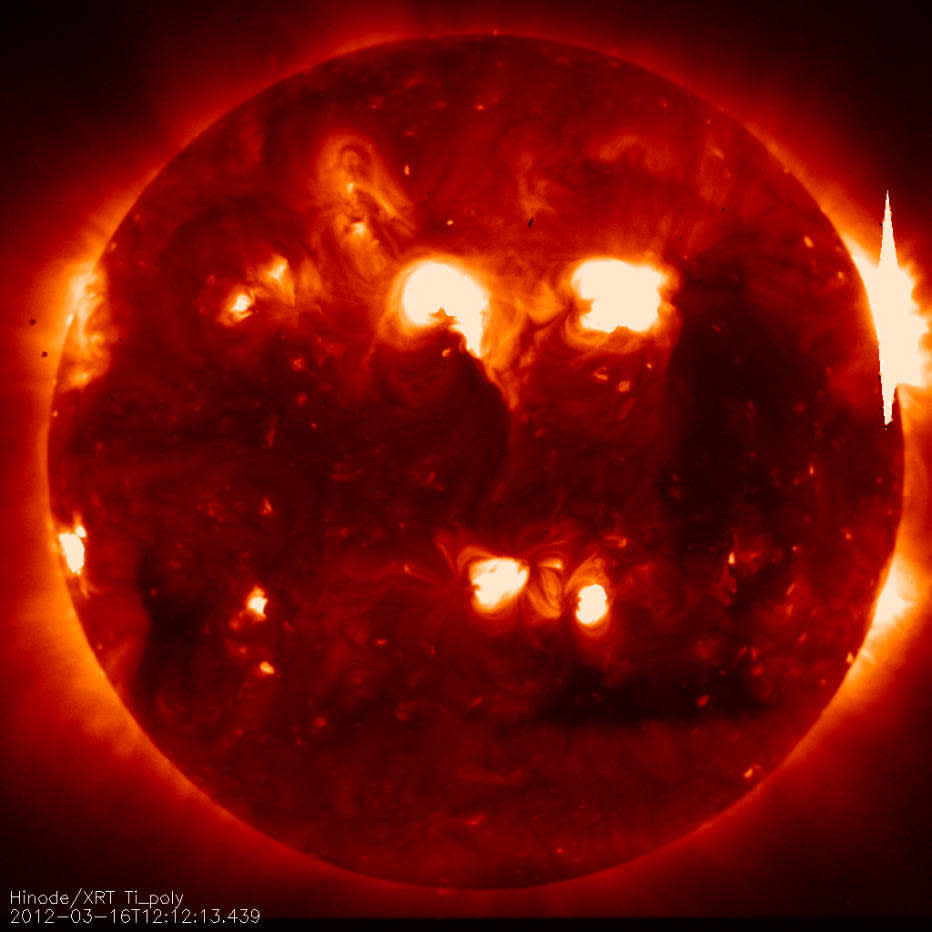
One hundred billion tons of dynamite is equal to roughly 400 trillion sticks of dynamite. I don't think Wile E. Coyote even has that much dynamite.
13.If you weigh 100 pounds on Earth, you would weigh 1/100 of one pound on a comet, meaning you could just jump and you'd start floating off into space.
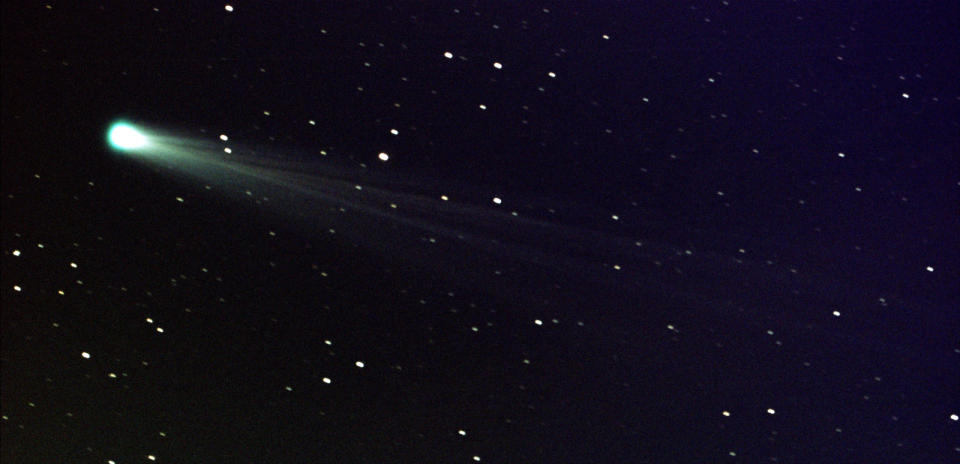
That means that if an average male hippopotamus (3,750 pounds) was on a comet, he would only weigh three-eighths of pound. However, we would never suggest that you or your hippopotamus try jumping off of comets.
14.It would take 100,000 years to travel across our galaxy if you were going the speed of light.
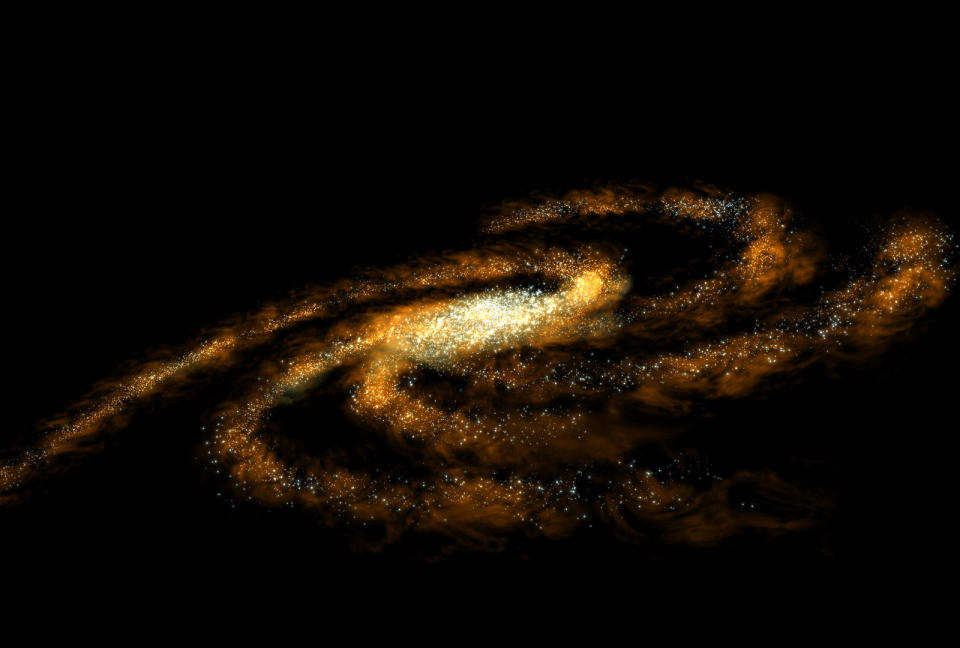
The speed of light is equal to 186,000 miles per second. That means you would need a car that could reach speeds of 669.6 million miles per hour.
15.There's a gold-plated Earth soundtrack almost 11 billion miles away.
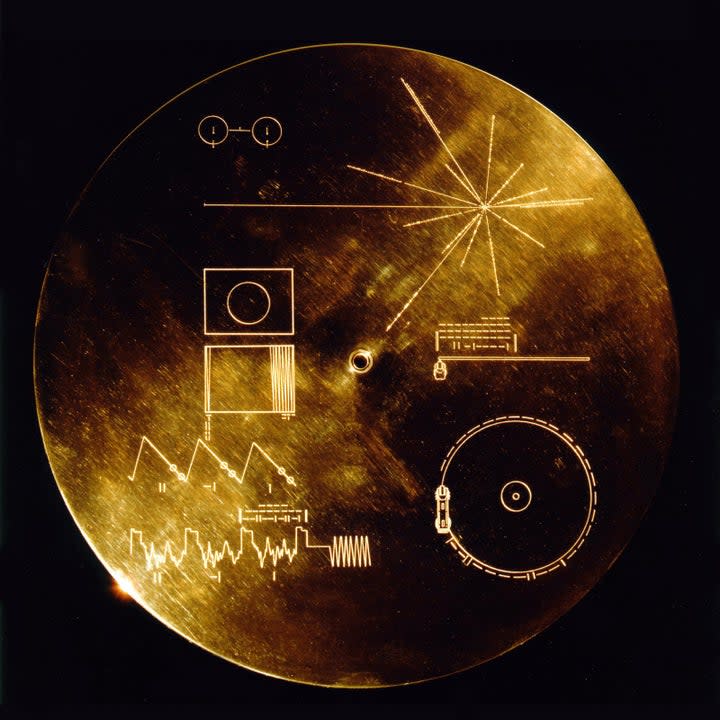
In 1977, NASA launched Voyager and Voyager 2. Mounted on the side of each spacecraft is a golden record of the sounds that make Earth, Earth. You can listen to the tunes they put on the track, which includes greetings, music, and nature sounds. I'm not going to tell you to add them to your Pandora stations, but you probably should.
16.The picture below covers a distance of 50 light-years.
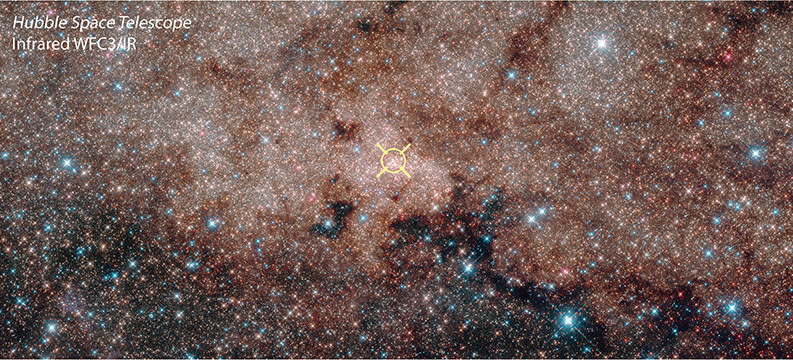
17.All of the stars, galaxies, and planets only make up 4% of the universe.
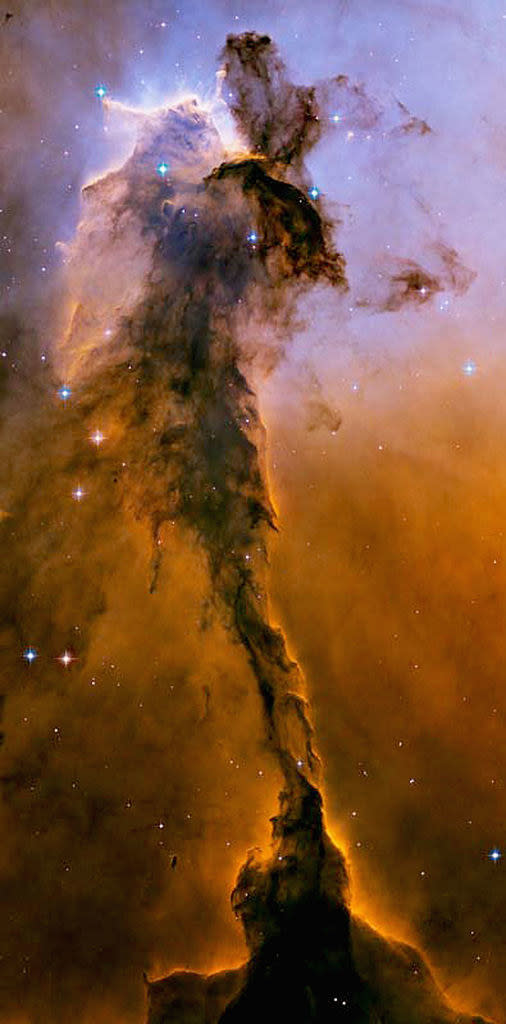
The other 96% of the galaxy — scientists can't explain yet. It's made out of things that are invisible or incomprehensible, like dark matter and dark energy.
18.Scientists predict our Sun has 5 billion years left to live. However, humans most likely only have 1 billion years.
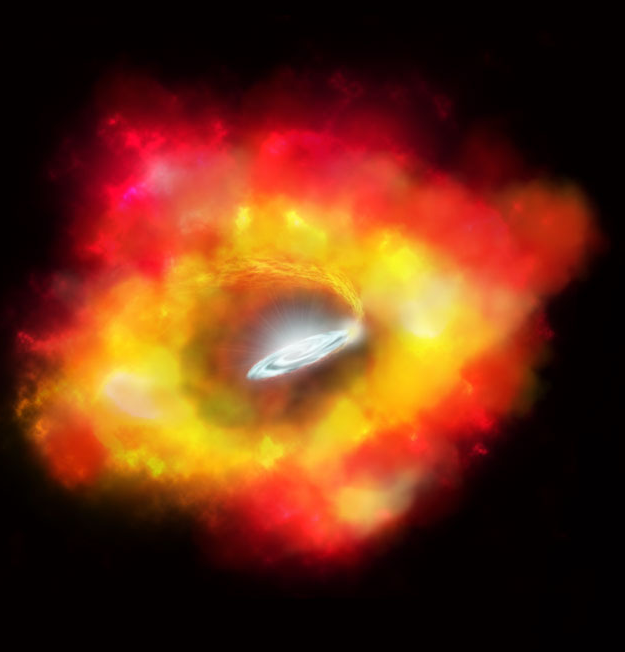
When stars die, they will explode into supernovas after they crush under their own gravity. In its final stages of life, the Sun will heat and expand to the point of our oceans boiling and our Earth becoming too hot to inhabit. METAL AF.
19.If you put your finger over a star in the sky, you are preventing photons that have travelled to Earth undisturbed for millions of years from finally entering your eye.
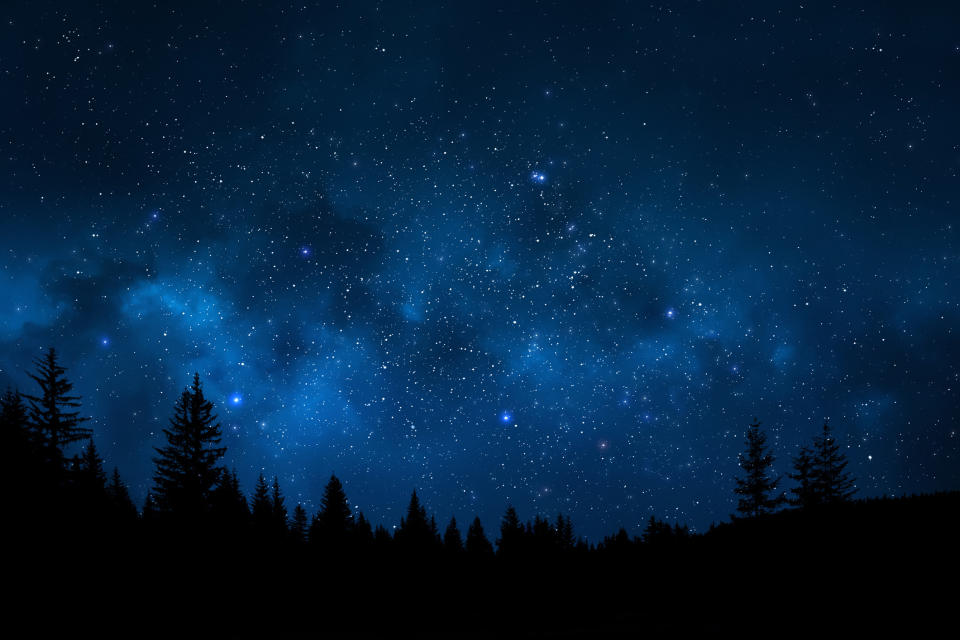
Photons are a basic unit of light. They are made in the center of a star and will travel for millions of years before they reach Earth. When you block out a star in the sky with your finger, you are really blocking 1-million-year-old photons from entering your retina.
20.Do you know where the coldest place in the known universe is? How about the hottest? Well, they're both right here on Earth!
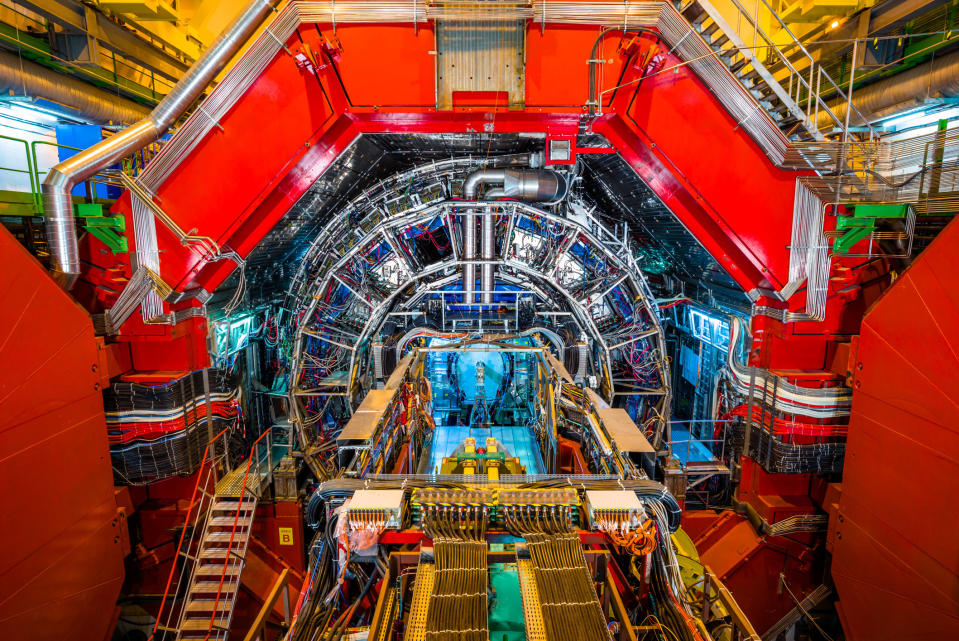
Well, they were. The coldest recorded temperature in the universe was created here in a lab on Earth (-273 degrees Celsius, or absolute zero), and the Large Hadron Collider has also managed to create the hottest recorded temperature since the universe began with the Big Bang (5.5 trillion degrees Kelvin).
21.Our galaxy, the Milky Way, is so vast that even at the speed of light it would take about 100,000 years to traverse it.
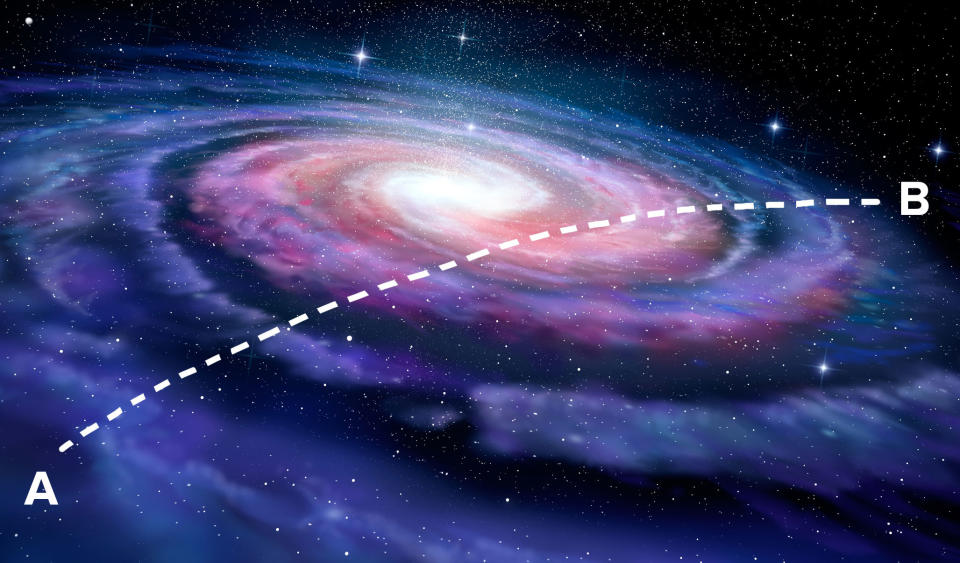
22.And in around 4.5 billion years, the Milky Way is expected to collide with the Andromeda galaxy, our closest galactic neighbor, to form a giant elliptical galaxy.
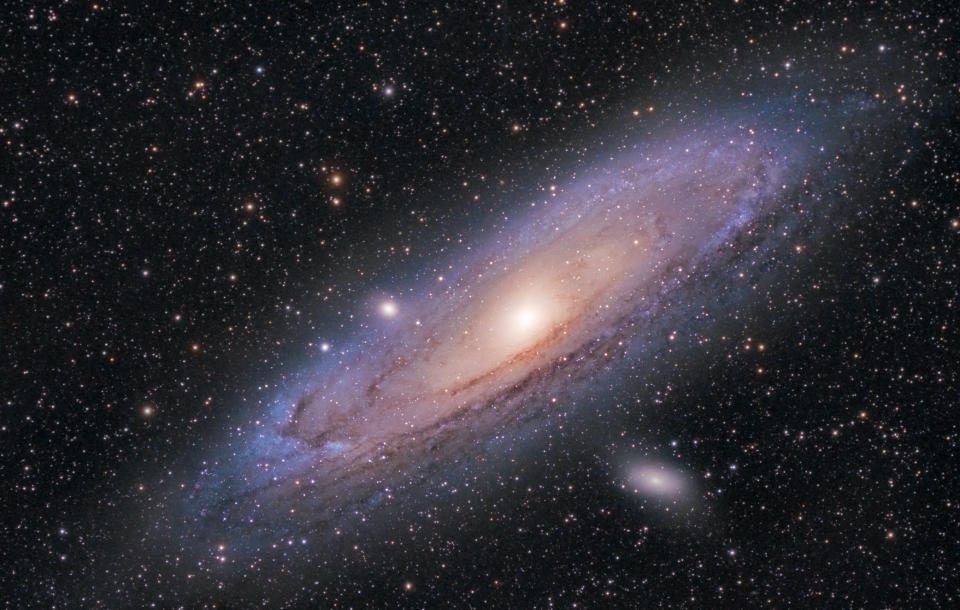
23.Did you know that all of the planets in our solar system can fit in between the Earth and the Moon, with about 2,729 miles to spare?
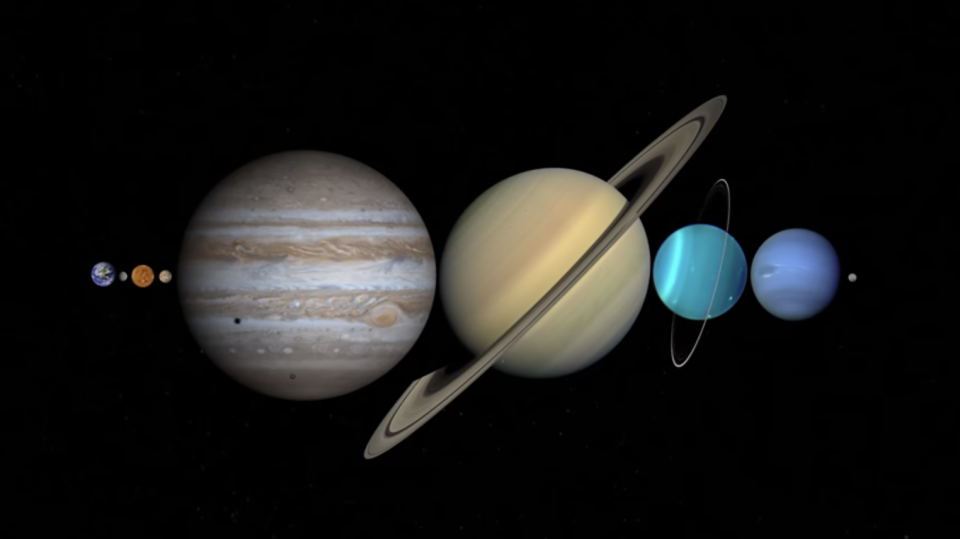
24.And our big ol' red neighbor, Jupiter, is twice as big as all of the other planets in our solar system combined!
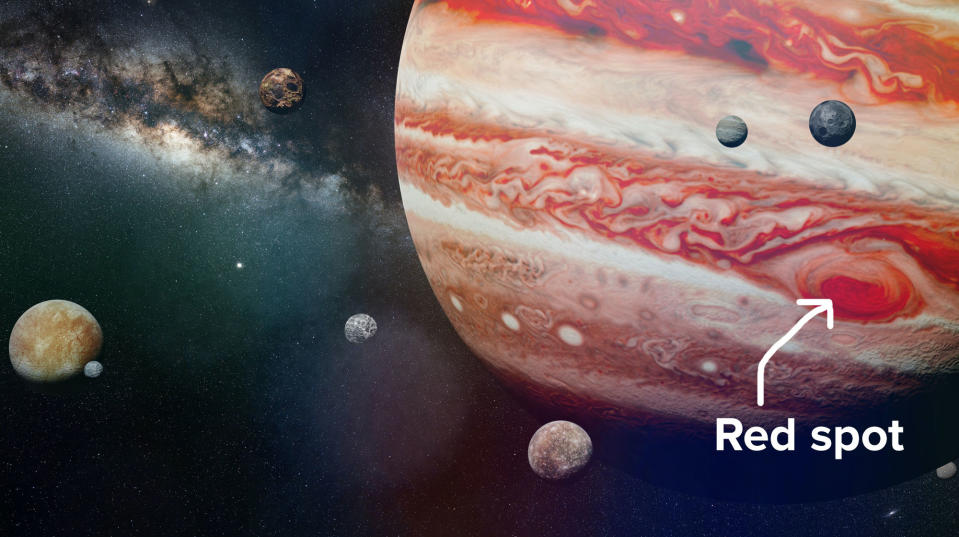
Just one section of the planet's surface — a gigantic, 150-year-old storm called the "Great Red Spot" — is itself twice the size of Earth!
25.There is a planet in our galaxy where the temperature during the day can reach over 1,000 degrees Celsius, and it possibly rains molten glass horizontally at around 4,500 mph!
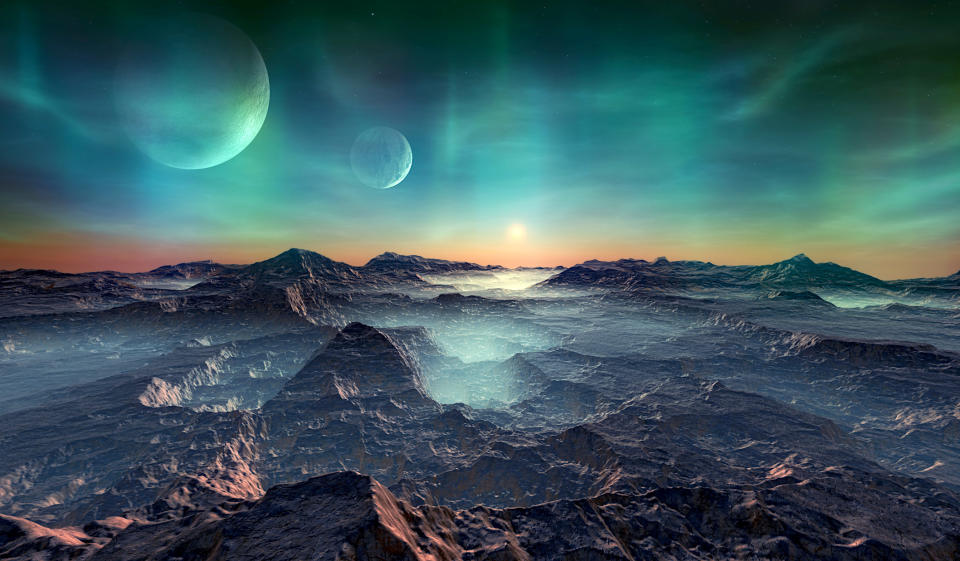
The planet, known as HD 189733b, was spotted using NASA's Hubble Space Telescope and is a cobalt blue color.
26.Scientists think they have found a parallel universe in a void measuring 1 billion light-years across.
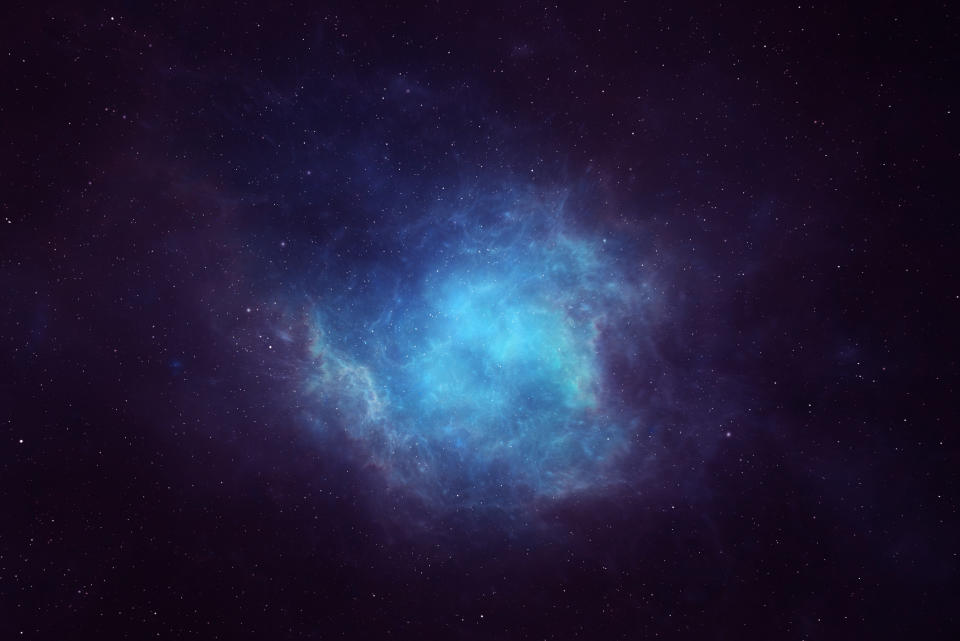
It's a pretty controversial hypothesis, but the void — which is empty of all matter — may be evidence of a multiverse. Discovered in 2007, it is 40 times bigger than the largest previously recorded void.
27.So we know that light takes a long time to travel through space, right? Well, there are actually some parts of the universe we can't see because the light from there hasn't reached us yet.
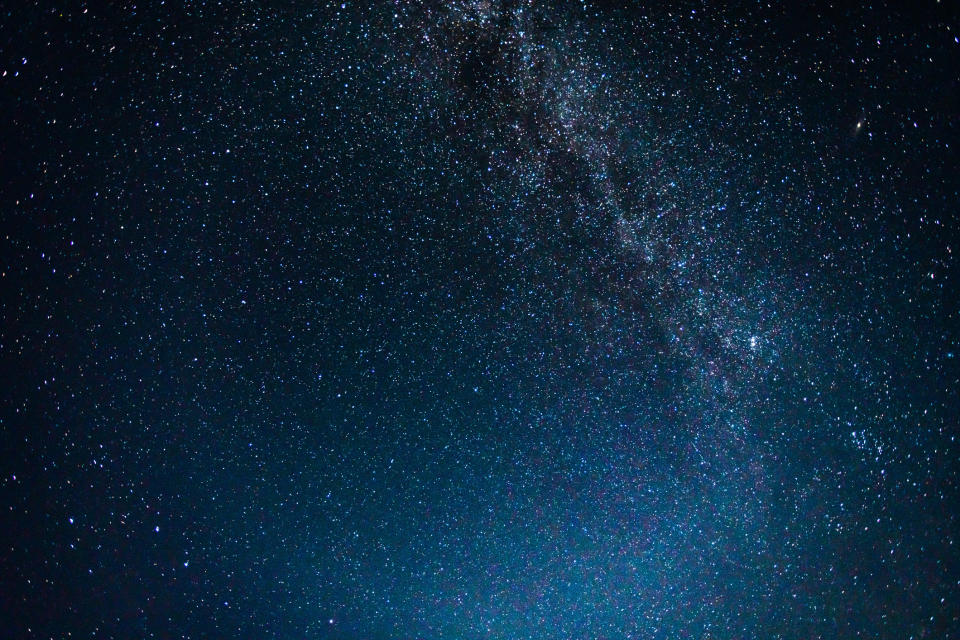
The universe is so extraordinarily vast that light from these galaxies, which were formed during the Big Bang, still hasn't gotten to us!
28.Although, soon the James Webb Space Telescope will allow us to explore galaxies that were formed at the very beginning of the universe, and observe stars forming planetary systems.
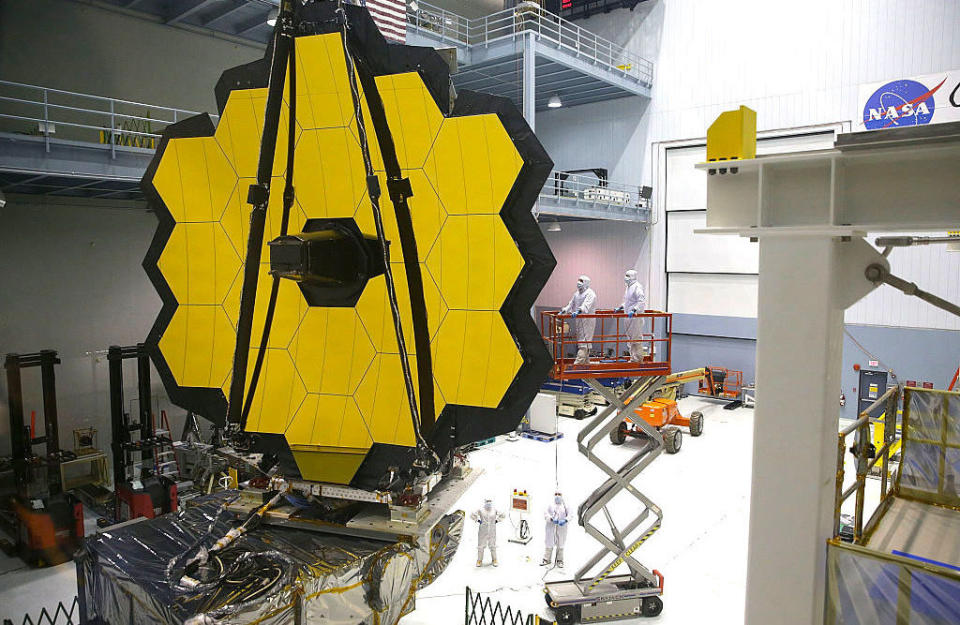
Ummmm, WHAT!?
29.The biggest star known to man is UY Scuti, which has a radius about 1,700 times larger than the Sun.

30.Did you know that there are an estimated 500,000 pieces of space debris floating above the Earth and moving around at speeds of up to 17,500 mph?
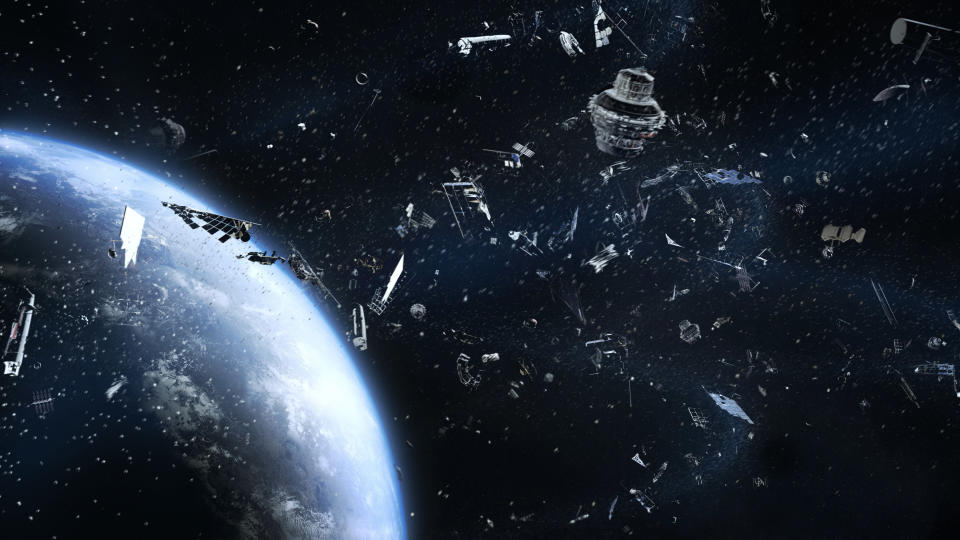
Space debris is basically anything we have carelessly left to float around in space – bits of rocket, dead satellites, what have you.
31.It's also true that, on average, a bit of debris crashes back to Earth about once a week.
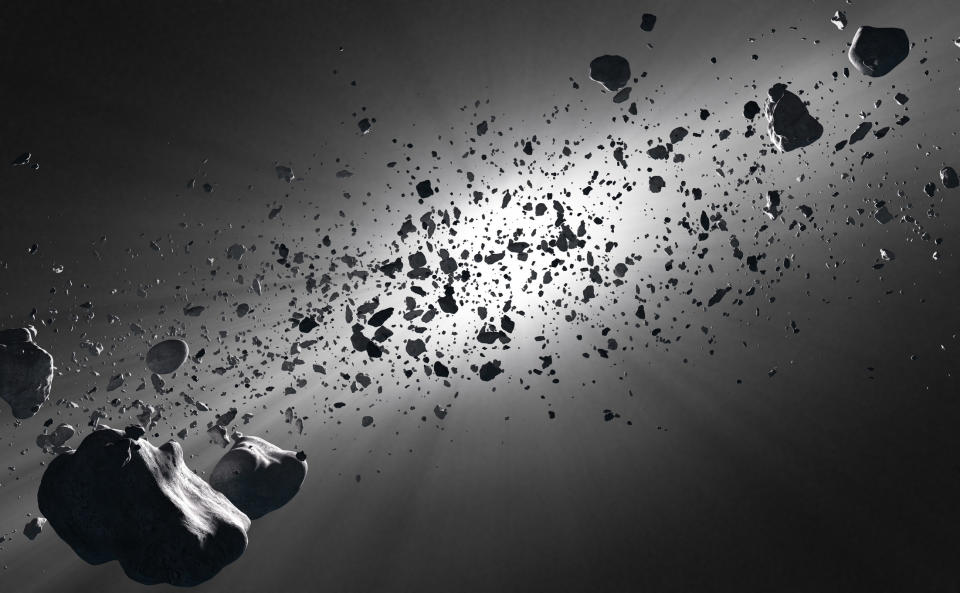
It's mostly larger satellites that have survived the fiery reentry process and, truth be told, they more often than not land in the ocean (ugh) or in some remote area. There is a whole team of researchers dedicated to tracking space debris and monitoring its risk of colliding with Earth — as far as we know, no one has died by being struck by a bit of old satellite!
32.But here's the thing: There is such a phenomenon as the Kessler Effect, in which a single destructive event in Earth's low orbit could cause all satellites to break up into smaller and smaller fragments until the planet is surrounded by a massive cloud of shrapnel.
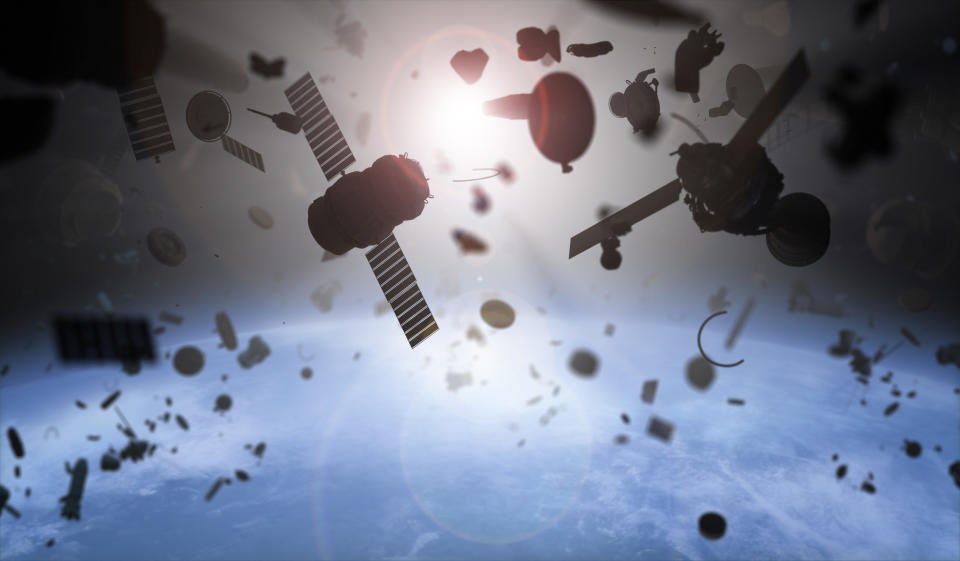
This would make ever having to leave Earth almost impossible.
33.There's a rogue supermassive black hole speeding through space at around 5 million miles per hour.
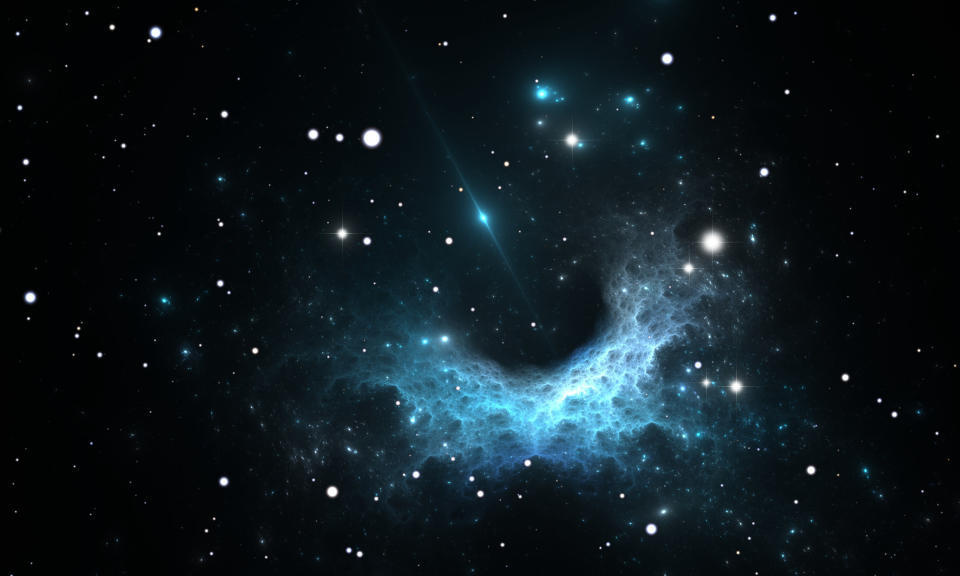
Usually, every galaxy contains a black hole, but this one has been kicked out of its home galaxy, 3C 186. This is probably the result of two galaxies colliding, which may have united both black holes. Astronomers predict that in 20 million years, it will break out of its galaxy and roam the universe forever.
34.The Voyager 1 spacecraft will likely outlive planet Earth itself.
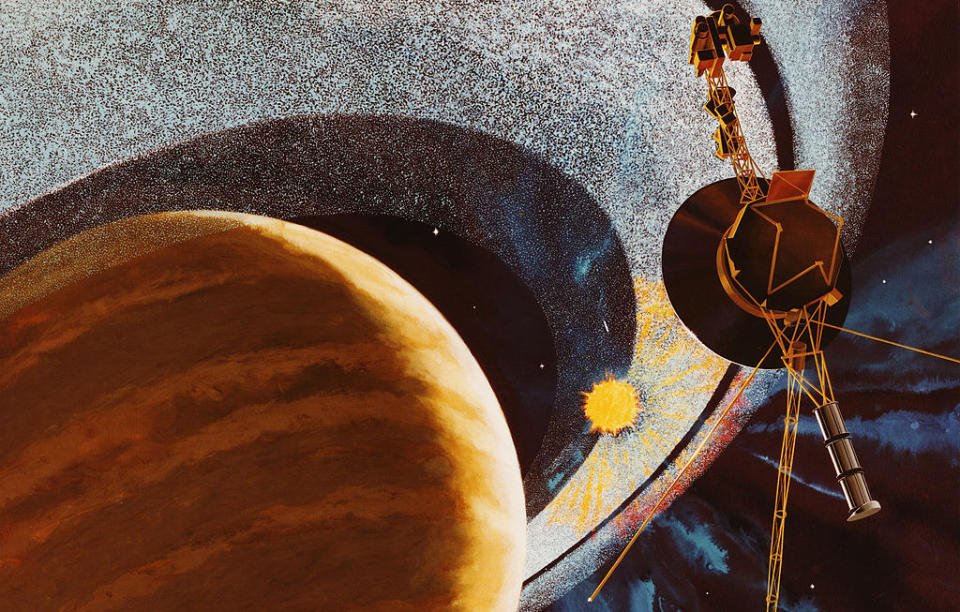
The probe was launched back in 1977 in order to study Jupiter and Saturn and is now on its second mission out of the solar system. It will now drift through interstellar space forever. The Earth will probably be vaporized by the Sun in a few billion years, meanwhile Voyager 1 will probably still be moving through space.
35.Venus looked pretty much exactly like Earth does now around 2 billion years ago.
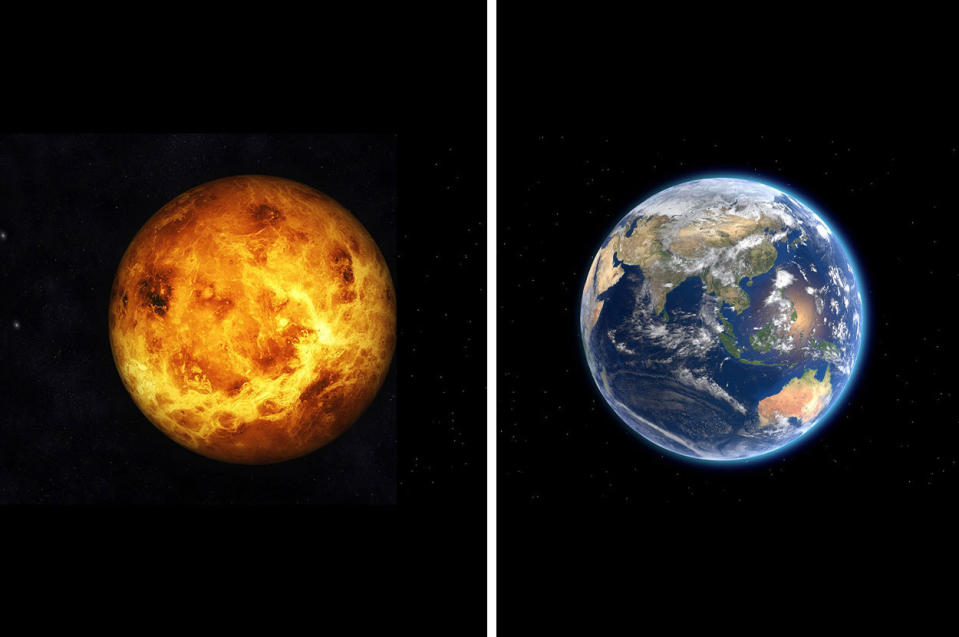
Venus today is a living hell. It has a suffocating carbon dioxide atmosphere, and there is almost no water vapor; temperatures there reach 462 degrees Celsius! But climate modeling has suggested that ancient Venus may have had oceans and a dry land pattern just like ours. Various factors — including the water to land ratio, and the idea that clouds potentially shielded Venus from strong sunlight — suggest that the planet may once have been habitable.
36.It's possible for two pieces of the same metal to actually fuse together if they touch in outer space.
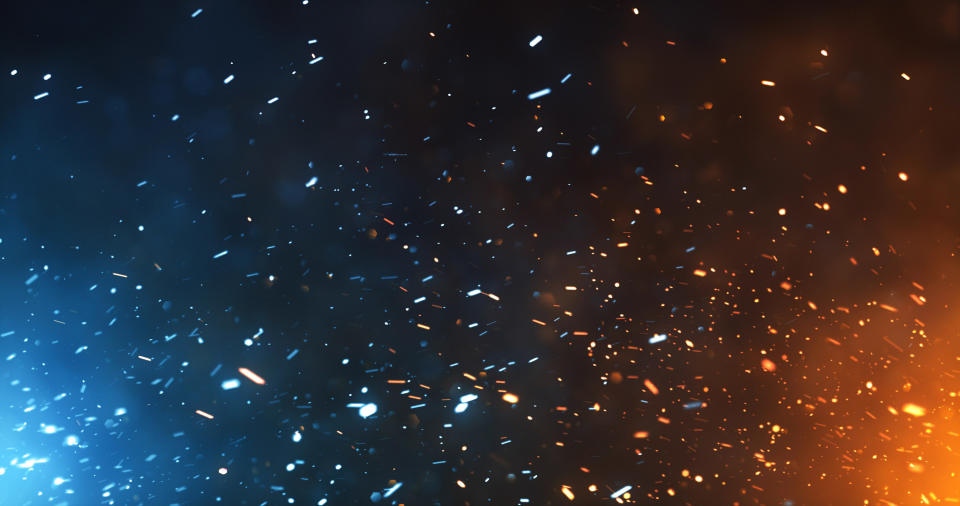
This is known as "cold welding," and it occurs because the atoms of both individual bits do not know that they belong to different pieces of metal, so they join together. This doesn't happen on Earth because there is always air or water separating the pieces.
37.There are rogue planets that have been knocked out of orbit just chilling out in the universe, and they could do the same to another planet.
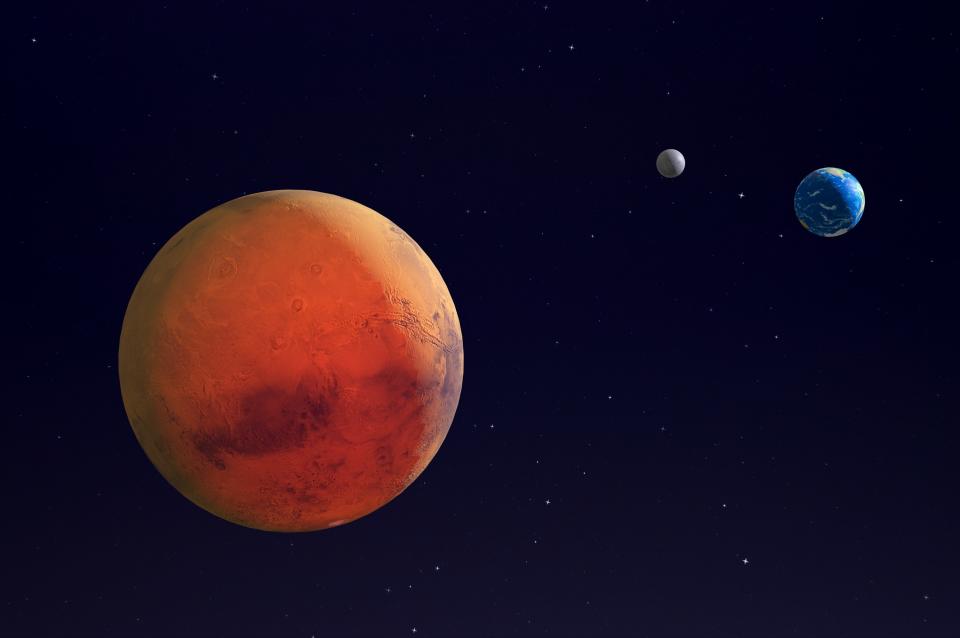
These rogue planets do not orbit a star, and so it's pretty hard to glimpse them —in fact we don't actually know if there are any nearby at all. Statistically speaking, however, they are not close enough to be a concern, and really we're a pretty small target given the size of the solar system.
38.Dark matter is believed to be responsible for 85% of gravity in the universe, and no one knows what it is or how it works.
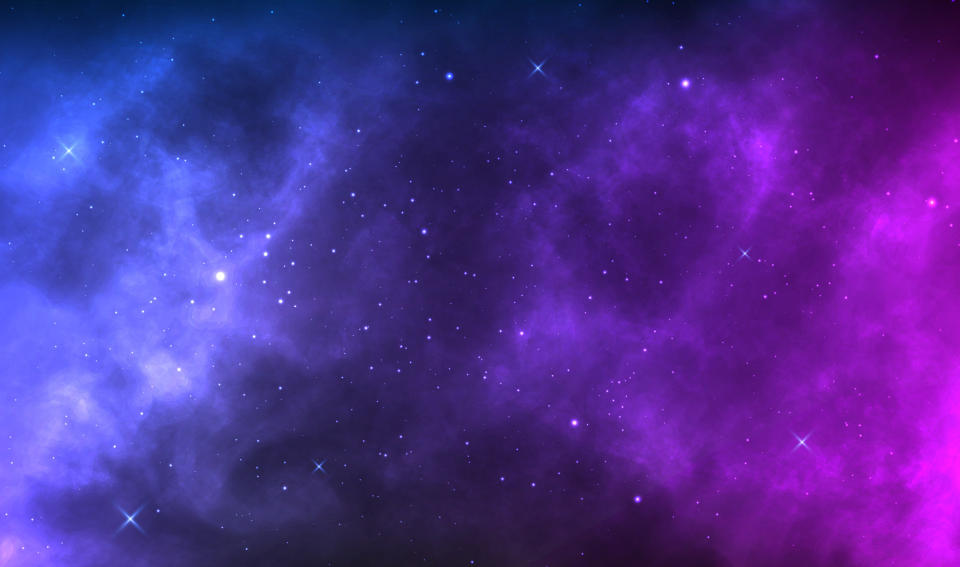
According to Neil deGrasse Tyson, dark matter is the longest-standing unsolved mystery in modern astrophysics. Indeed, it might not even be matter! Basically, the amount of gravity in the universe doesn't quite equal the amount of observable mass — the planets, the stars, the galaxies, the comets, the black holes, and the dark clouds. So scientists propose there is a large measure of unobservable or "dark" mass in the universe, which is the source of all that gravity.
39.According to quantum mechanics, there's a small chance the entire universe could spontaneously disappear and never come back.
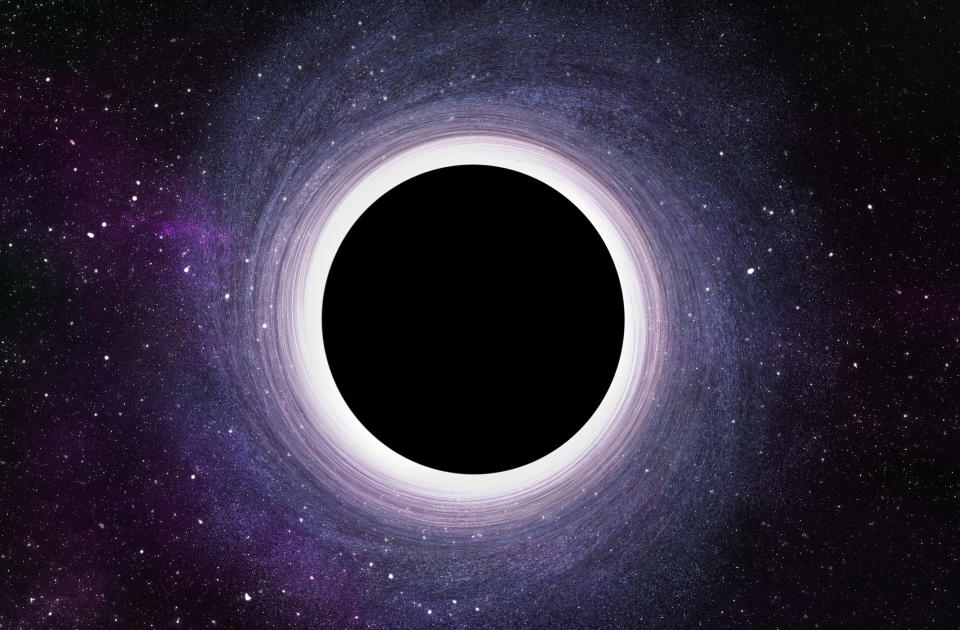
This idea is based on a complicated theory known as vacuum decay — basically a self-destruct button for the universe! It's only speculative at this point, but it comes down to whether the universe is in a true or a false vacuum — a true vacuum is stable, but a false vacuum isn't. If a random quantum fluctuation allowed a false vacuum to release its potential energy, it would create a bubble of true vacuum that would expand at the speed of light and delete every single thing it touched. Destruction would be instant, and depending on where it happened in the universe, we might never see it coming. Remember, this one is just a theory!
40.This isn't a fact per se, but have you considered the possibility that we've already sent a message to an alien race in the distant past and it's still making its way to them?
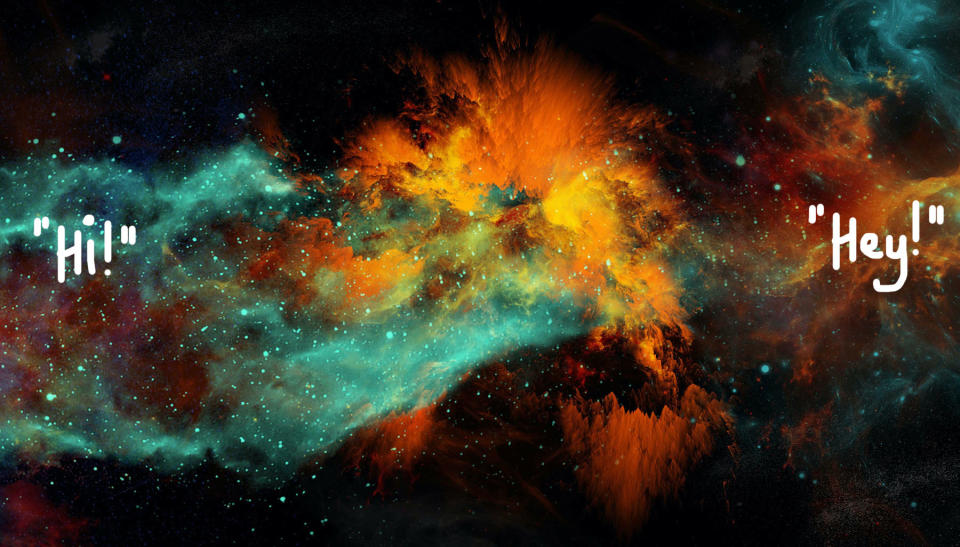
Space is huge, we've established that by now, and there's every chance we've already sent a message into space thousands of years ago and forgotten about it (think about how societies change over time). We could either still be waiting for that message to arrive, OR waiting on a reply to travel back to us. In that sense, we would just be constantly introducing ourselves over and over again to whoever else might be out there...
41.The Sun makes up 99.8% of the mass of the solar system.
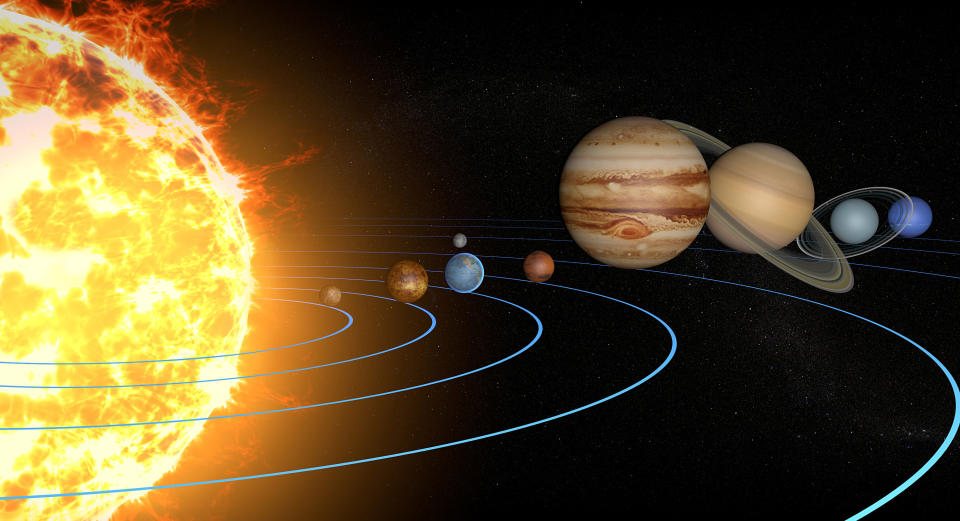
In case you were wondering, that's 1,989,100,000,000,000,000,000,000,000,000 kilograms.
All the other planets, moons, asteroids, and every other bit of matter, including all of the people on Earth, fit into the remaining 0.2%.
42.There’s a gas cloud in the constellation of Aquila that holds enough alcohol to make 400 trillion trillion pints of beer.
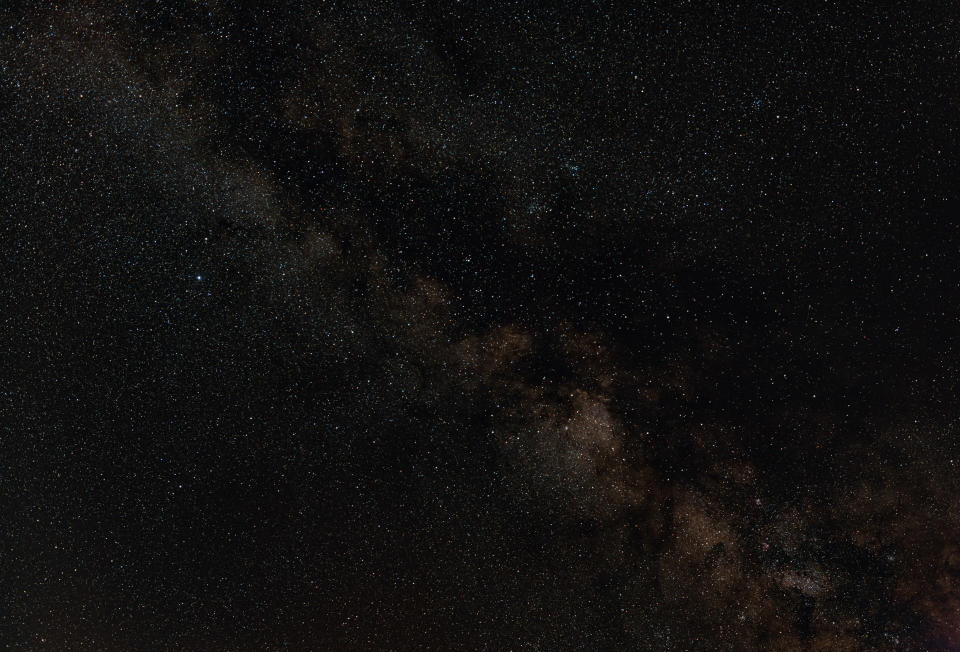
The amount of ethanol was measured in 1995 by British scientists. They found over 30 other chemical compounds in the cloud, but alcohol was the main one, the lead scientist on the study told the New York Times.
43.We’ve found over a thousand planets outside our solar system just in the last 20 years.
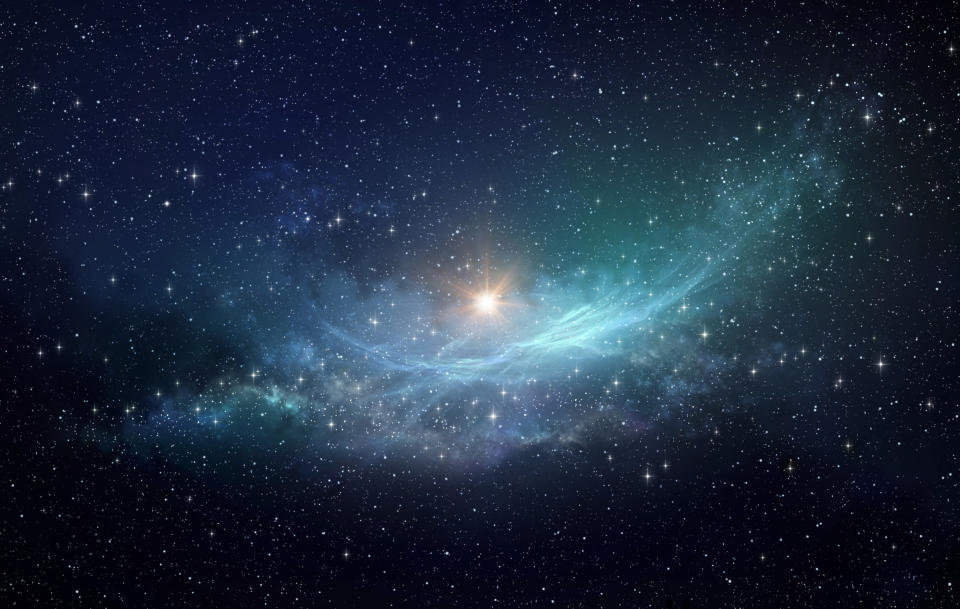
At the time of publishing, we were up to 1,822 confirmed planets.
44.All the other planets in the solar system could fit between Earth and the Moon.
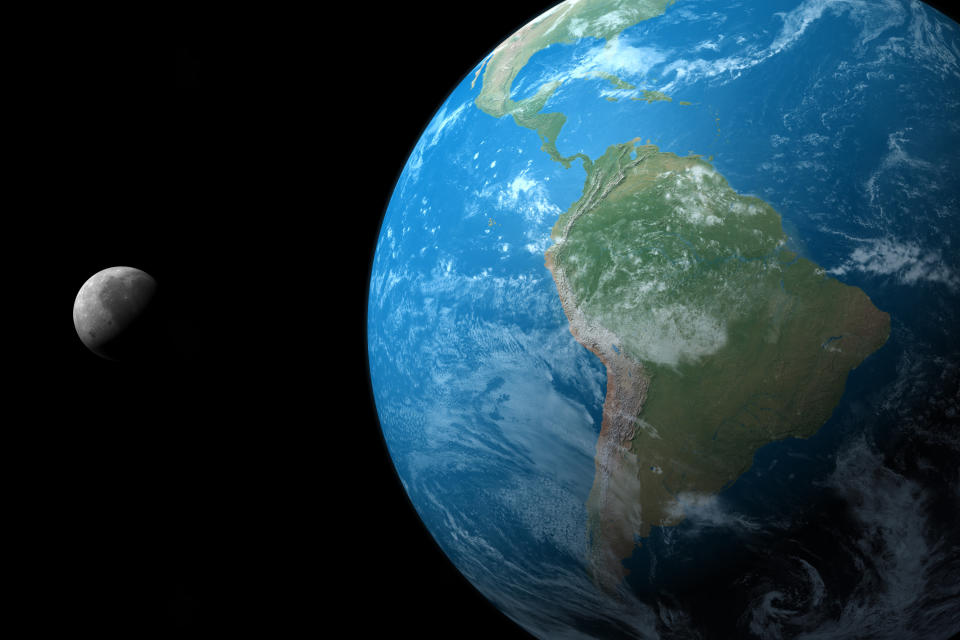
Here's the math:Earth-Moon distance (384,440 km) – [diameter of Mercury (4,879 km) + diameter of Venus (12,104 km) + diameter of Mars (6,771 km) + diameter of Jupiter (138,350 km) + diameter of Saturn (114,630 km) + diameter of Uranus (50,532 km) + diameter of Neptune (49,105 km)] = 8,069 km.
45.It takes a photon, on average, 170,000 years to travel from the core of the Sun to the surface.
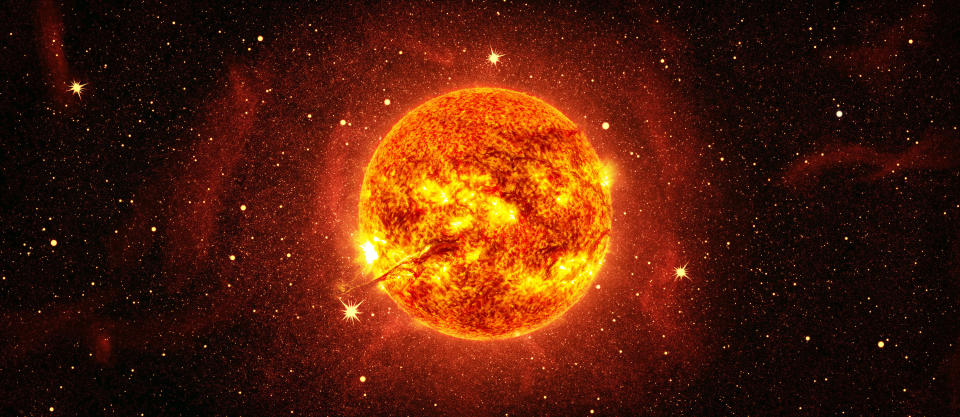
But then just eight minutes to reach Earth after that.
46.Interstellar space sounds kind of eerie.
47.But we wouldn't be able to hear any sounds in space.

Voyager managed to record the above eerie interstellar space noises with its plasma wave instrument, but because gas is much less dense in interstellar space we wouldn't be able to hear the sound out there ourselves.
"If a sound wave was traveling through a big gas cloud in space and we were out there listening, only a few atoms per second would impact our eardrum, and we wouldn't be able to hear the sound because our ears aren't sensitive enough," says Lynn Carter in an answer at Cornell University's Ask An Astronomer site.
48.Saturn's rings sort of vanish every now and then.
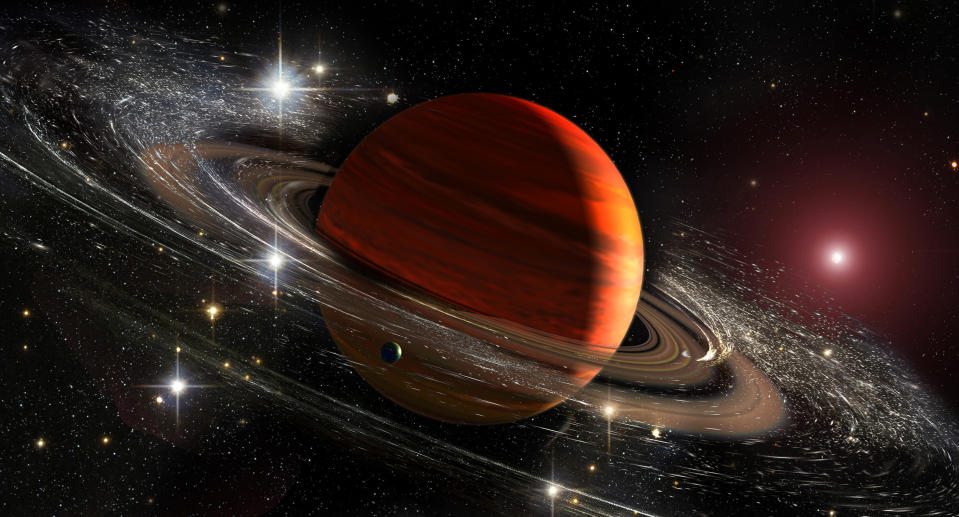
Once every 14 to 15 years, Saturn's rings are edge-on as seen from Earth. They're so thin, relative to how big Saturn is that they seem to disappear when this happens. (Don't worry, they don't actually go anywhere.)
49.Saturn has a huge extra ring that was only discovered in 2009.
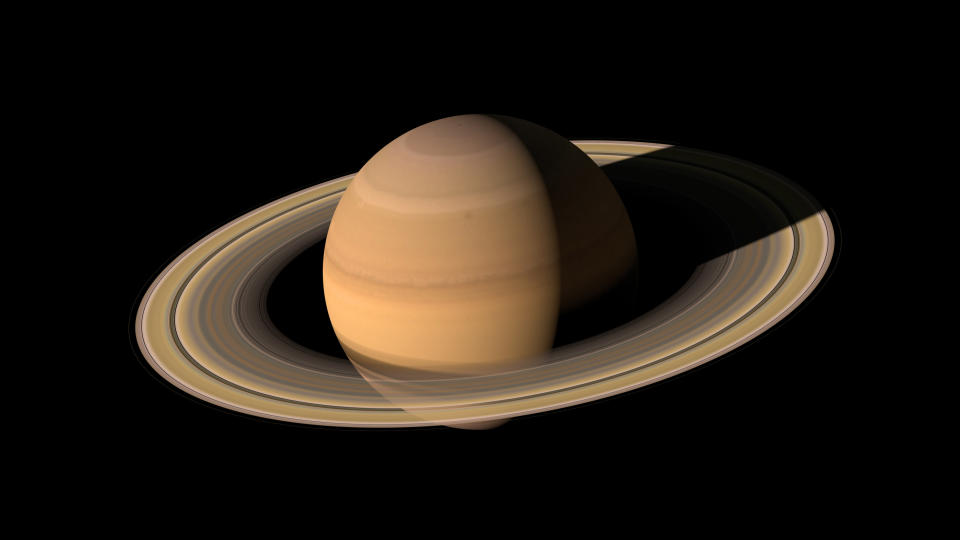
The ring starts about 6 million kilometers (3.7 million miles) away from Saturn and goes on for 12 million kilometers (7.4 million miles), making it as wide as almost 300 Saturns side by side.
Saturn's moon Phoebe orbits within the ring, and astronomers think it's the source of the ring's material.
50.There's an asteroid called Chariklo in our solar system that has rings, like Saturn.
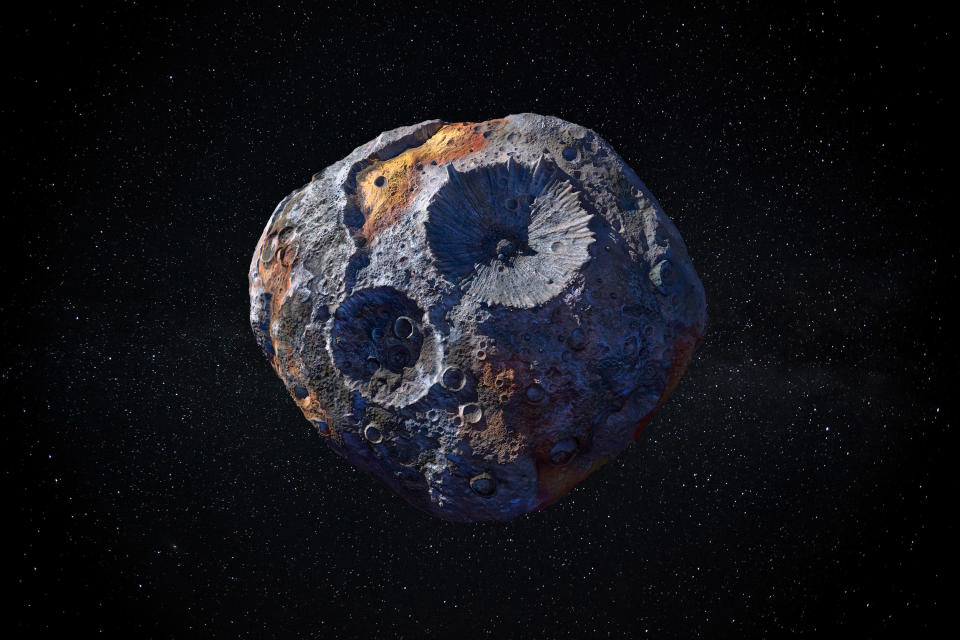
This is an artist's impression of the asteroid, which has two dense and narrow rings. It's the fifth solar system object we've found with rings, after Saturn, Jupiter, Neptune, and Uranus.
51.More solar energy reaches Earth's surface in an hour and a half than we used in the whole of 2001.

Mobile device photo of a pattern of Solar power plant
52.If you fell into a black hole, you'd get stretched out like spaghetti.
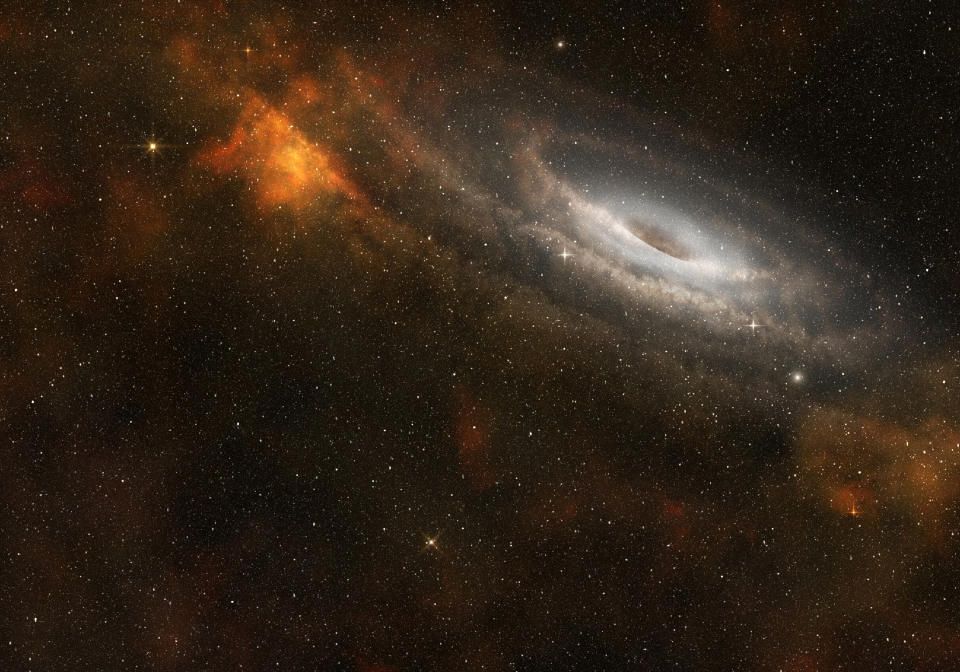
It's called, fittingly enough, Spaghettification.
53.Undisturbed, footprints would last forever on the Moon.

Because there's no wind or water to erode them.
54.There's a hexagonal cloud at Saturn's north pole.
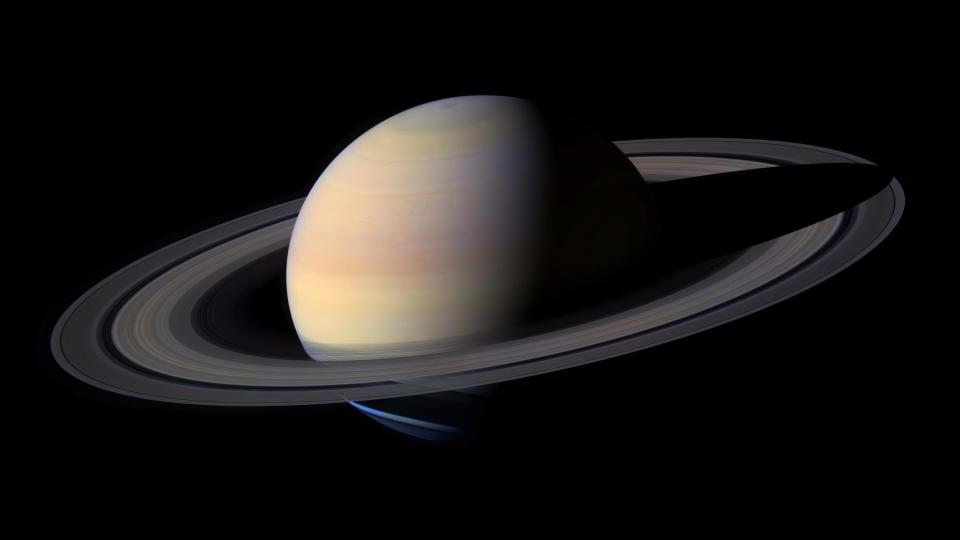
It's a six-sided jet stream that spans 30,000 kilometers (20,000 miles) across.
55.A star was recently discovered that had been lost in the glare of a supernova for 21 years.
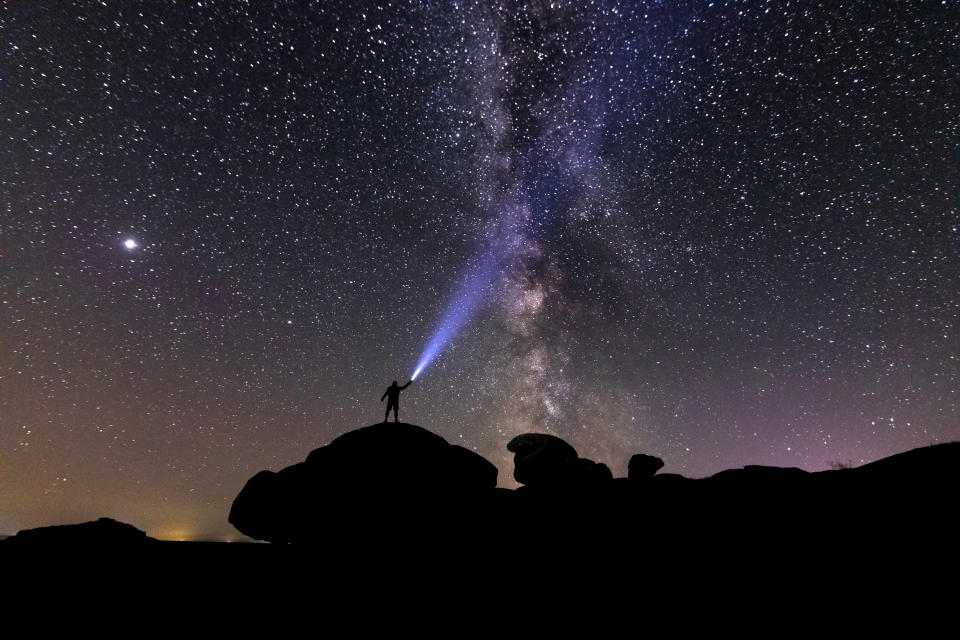
The star and its companion, which exploded, hiding it from view, are in galaxy M81, which is 11 million light-years from Earth.
56.Dung beetles can use the Milky Way to navigate.
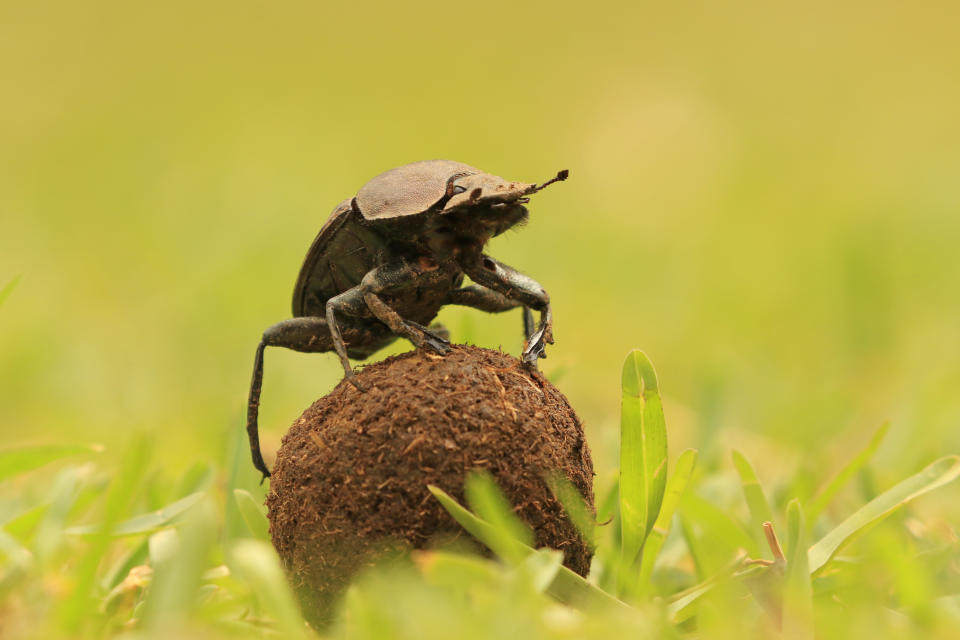
Birds, seals, and humans are known to use stars to navigate, but African dung beetles go one step further by using the whole galaxy, rather than individual stars, to make sure they are travelling in a straight line. Scientists noticed that the beetles are able to move their dung balls in a straight line when the sky is clear, but can't when it is overcast. They confirmed their Milky Way hypothesis in planetarium experiments.
57.A Mars-sized object probably crashed into Earth 4.5 billion years ago.
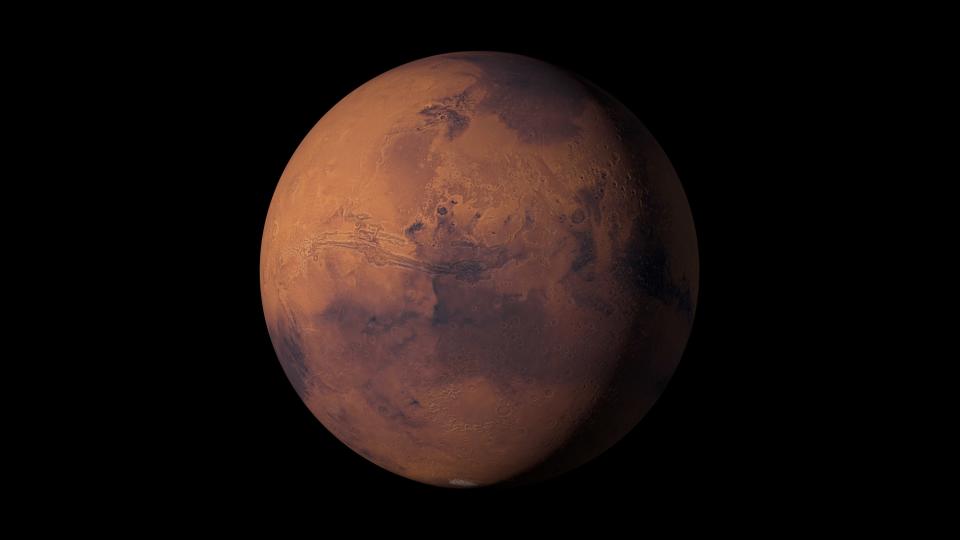
This is the best idea we have for how the Moon formed. The object would have chipped off a chunk of rock that became the Moon, and made Earth’s axis tilt slightly.
58.And finally, we are all made of stardust.
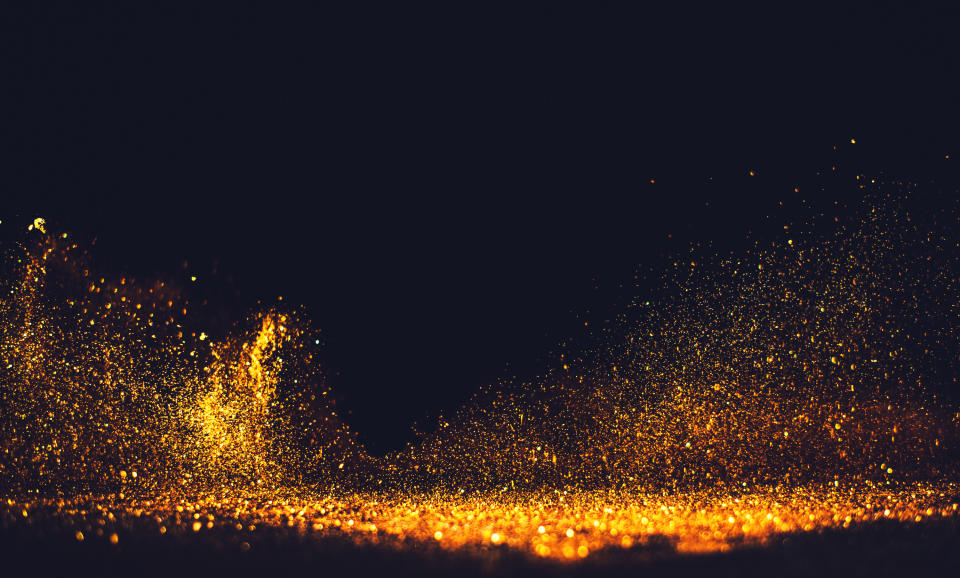
After the Big Bang, tiny particles came together to make hydrogen and helium. Then, in the super dense and hot centers of stars, these elements fused together to make all the elements up to iron. Iron, and anything heavier than it (like nickel and gold), must have been made in high-energy reactions as a star exploded at the end of its life.
What's the coolest fact you've ever learned about space? Feel free to drop it in the comments below!
This article contains content from Audrey Engvalson, Sam Cleal, and Kelly Oakes. It was compiled by Salimah McCullough.

